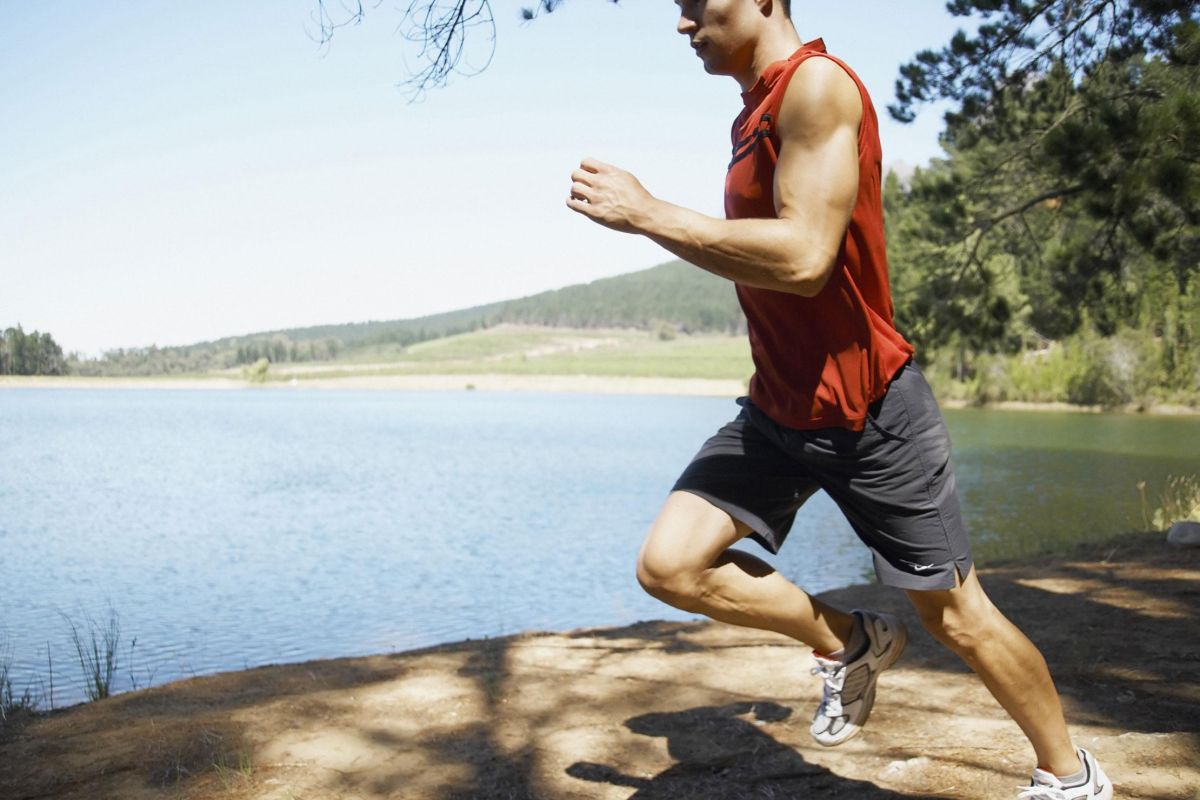
New data highlights the pros and cons of a low-carb approach.
I just got back from the American College of Sports Medicine annual meeting, so my notebook is loaded up with material from lots of interesting talks and posters, which I’ll be blogging through over the next few weeks. Some of the results, particularly from posters, are considered preliminary—i.e. they haven’t been peer-reviewed yet—so consider this a preview of results that will likely be published over the next year or so.
First up, a look at some early data from Jeff Volek’s FASTER study. He and his colleagues brought in 20 elite ultrarunners to their lab at the University of Connecticut (Volek has since moved to Ohio State): 10 runners following a traditional high-carbohydrate diet (on average 58 percent carbs, 15 percent protein, 28 percent fat), and 10 following a low-carb, high-fat diet (11 percent carbs, 19 percent protein, and 71 percent fat).
The headline result, presented in a poster by Patrick Davitt, is rates of fat oxidation, testing the claim that adapting to a high-fat diet will teach your body to burn fat at much higher rates than typically observed. Sure enough, during a progressive treadmill test to exhaustion, the high-fat group was able to burn fat at a rate of 1.54 grams per minute, about 50 percent higher than the high end of normal, compared to a maximum rate of 0.67 grams per minute in the high-carb group. The high-fat group also reached their maximal rate of fat burning at a higher relative intensity (70.25 percent of VO2 max) than the high-carb group (54.89 percent of VO2 max), which means they’re able to run faster while still burning fat at a high rate.
Another poster from the same study, presented by Catherine Saenz, found no significant differences between the groups in testosterone levels before, during, and after a three-hour run. Baseline levels were 11.3 nmol/L in the high-carb group (with 95 percent between 7.4 and 15.2) and10.2 nmol/L (7.0 to 13.4) in the low-carb group.
Of course, there’s a flip side to fat adaptation. The high-carb group was able to burn carbs at a higher rate: 7.83 g/min versus 5.65 g/min. Which is better? That might depend in part on whether you’re able to ingest carbs while running without any problems.
Another interesting point to consider is how quickly you need energy. The faster you run, the faster you need to supply your muscles with energy. For a 100-meter sprint, you won’t be burning any fat. Same goes for an all-out mile. The longer (and slower) the race, the more you’ll be able to rely on fat. Trent Stellingwerff, of the Canadian Sport Institute – Pacific, tweeted out an interesting slide from a talk he and Louise Burke gave at the conference:

Trent Stellingwerff @TStellingwerff Twitter
On the right, the graph shows the number of calories per hour you can get by burning 1.54 grams per minute of fat (the figure from the fat-adapted runners in the FASTER study), and compares it to the caloric demands of an elite marathon or Olympic road cycling race. By his calculations, that calorie rate is sufficient for a 60-kilogram (132-pound) marathoner to run just over three hours. As noted, the longer the duration of the event, the closer you get to being able to meet your caloric needs with fat, which is why ultrarunners have been the most enthusiastic adopters of the high-fat approach.
Stellingwerff also presented a nutritional case study from three very elite ultramarathoners (unofficially, the subjects were Rob Krar, Max King, and… not sure who the third one was). On average, during 100-mile races they reported consuming 76 grams per hour of carbohydrate along with “minor” amounts of fat and protein, for a total of 333 +/- 110 calories per hour. That’s a total of more than 5,000 calories of carbohydrate during a 16-hour race, which, as it happens, is right in line with the recommendations of conventional sports nutrition. It certainly seems to work well for Krar and King.
The bottom line? It’s good to have research on this topic, rather than just anecdotal reports. For elite athletes in the vast majority of contexts, I remain skeptical that a low-carb approach is useful. But I do think the region on the far right of Trent’s graph above is interesting: once you get to Ironman durations and beyond, the numbers start to look a little more reasonable. And in contexts where refueling is difficult (e.g. long wilderness expeditions), it’s an intriguing idea.

Recent Comments